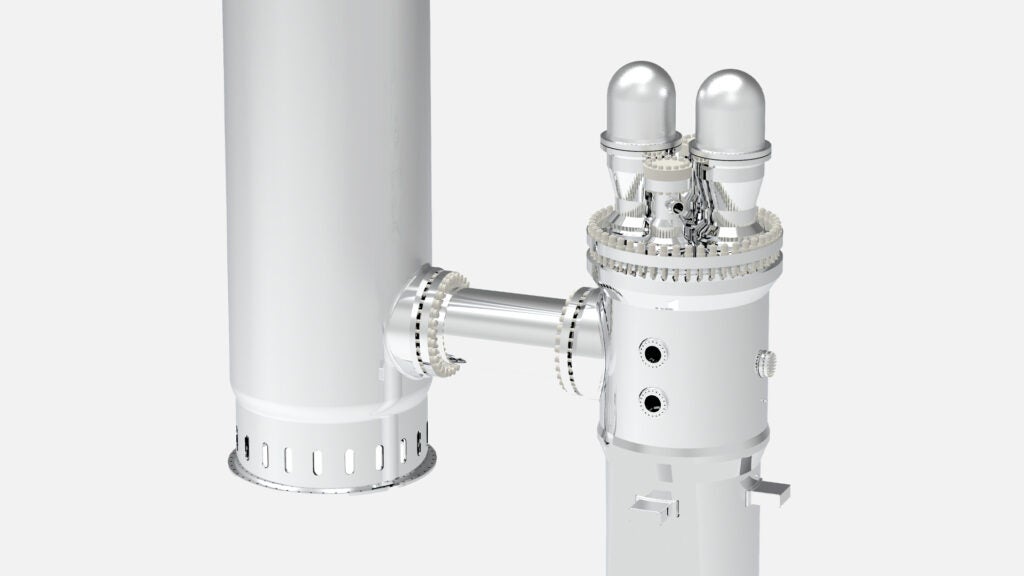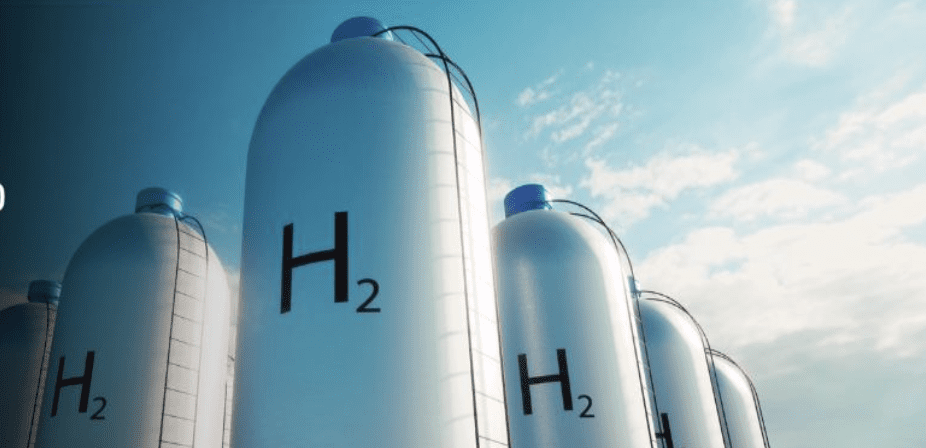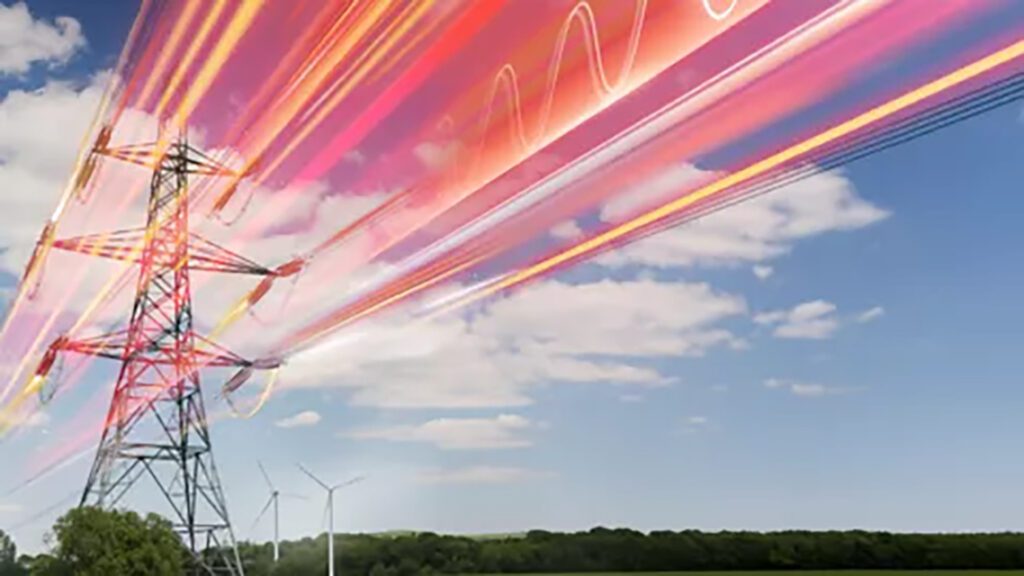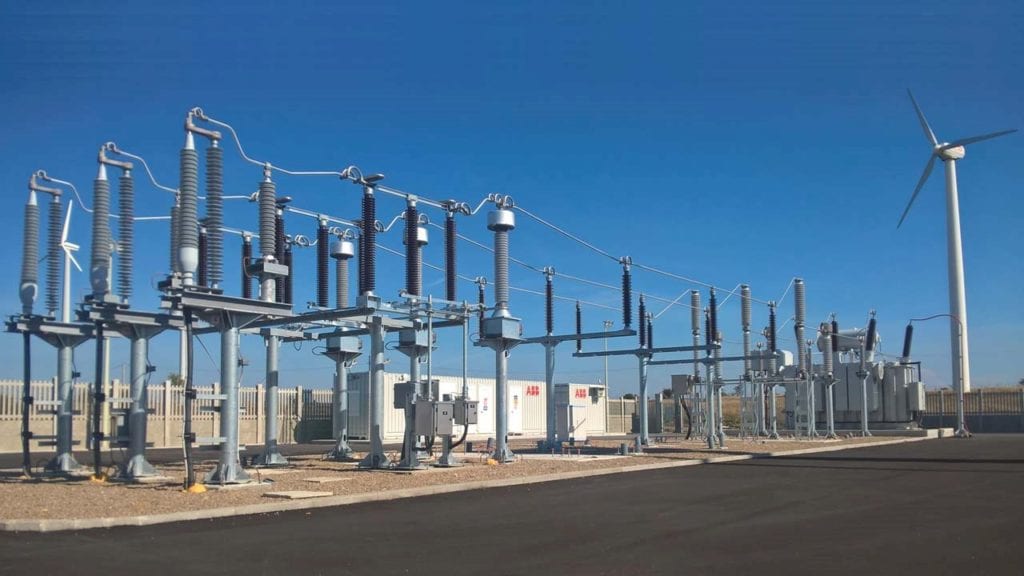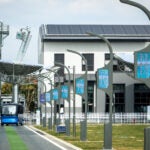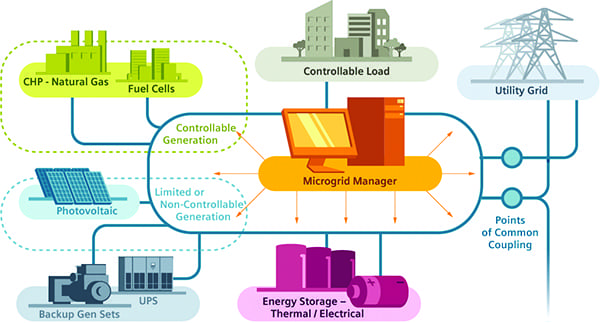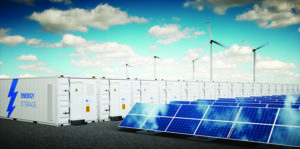Meralco (Manila Electric Company) is the largest power distribution company in the Philippines, serving approximately 27 million Filipinos. Its franchise area of 9,685 square kilometers (km2), encompassing 111 cities and municipalities, is only 3% of the country’s land area, but it accounts for 50% of the nation’s gross domestic product (GDP).
This $9.5 billion business has operated for 122 years. To provide power across such an extensive area, Meralco has deployed more than 21,200 km of electric circuits, 149 substations, 249,000 transformers, almost a million active poles, and has a capacity of 22,706 MVA. Further, it adds about 200,000 additional connections a year to keep up with demand. The company reached 9.32 MW of peaking capacity in 2024 and delivered 54,325 GWh in consolidated energy sales.
Originally an electric distribution utility, Meralco has expanded its portfolio to include a wealth of generation assets as well as: a distribution engineering, procurement, and construction (EPC) unit; a solar rooftop company; an electric mobility business; dark fiber installation for telecom; and a financial technology (fintech) payment operation.
 “We have ventured into other areas beyond our original distribution business, yet distribution maintains a stable energy sales growth rate of 4% to 5% annually since pandemic,” said Ferdinand Geluz, senior vice president and Chief Revenue Officer at Meralco. “Our distribution business was 93% of our income in 2010 and now accounts for about 60%, while the generation and other unregulated businesses account for the balance. We are aggressively investing in all aspects of energy to support the rapid growth of the country.”
“We have ventured into other areas beyond our original distribution business, yet distribution maintains a stable energy sales growth rate of 4% to 5% annually since pandemic,” said Ferdinand Geluz, senior vice president and Chief Revenue Officer at Meralco. “Our distribution business was 93% of our income in 2010 and now accounts for about 60%, while the generation and other unregulated businesses account for the balance. We are aggressively investing in all aspects of energy to support the rapid growth of the country.”
A Varied and More Sustainable Portfolio
Meralco, through its power generation arm MGEN, is primarily focused on the expansion of its wind and solar assets. The company is developing and building about 1.5 GW of attributable capacity of renewable energy as it seeks to lower its carbon footprint while expanding its generating capacity. Among its pipeline of projects is a 3.5 GWp solar plant with an adjoining battery energy storage system (BESS) facility that will be able to supply 4.5 GWh. In combination, solar and BESS will supply anywhere from 12 to 14 hours a day of electricity at 850 MW.
As it drives deep decarbonization, MGEN has invested in transition technology such as liquefied natural gas (LNG). MGEN, through its subsidiary Pacific Light Power Pte. Ltd. (PLP) owns a facility in Singapore with 850 MW capacity and intends to add LNG generation capacity. PLP has been recently awarded the right to build, own, and operate a 600-MW hydrogen-ready combined cycle gas turbine (CCGT) facility on Jurong Island. In addition, Meralco recently gained a 40.2% ownership stake in the largest and most expansive LNG facility in the Philippines. That deal provides it with about 2.6 GW of energy with a regasification terminal.
Meralco’s energy portfolio includes almost 1 GW of coal, with attributable capacity of 455 MW. The company also recognizes that there may be a need to build additional assets for more stable and reliable power supply. There is also interest in nuclear energy with small modular reactor (SMR) technology currently being evaluated.
“To ensure the stable growth of Meralco, we are intent on providing the best possible service that achieves a balance between reliability, security, affordability, and sustainability,” said Geluz.
Driving Technological Innovation
As the company extends its distribution and generation reach across a wider area of its expanding territory, it is establishing an end-to-end smart grid and digitalized network. Geluz laid out Meralco’s 7Ds digital transformation program:
- Digital customers accessing customer-centric products and digital-first services for an elevated customer experience.
- A digital grid offering smarter, more resilient and sustainable energy network.
- Digital employees empowered and connected by digital workspaces, tools, and workflows.
- A digital enterprise with integrated, automated, and compliant processes.
- A digital Data-as-a-Service-enabled organization with data and artificial intelligence (AI) platforms to support every facet of operations.
- Digital infrastructure that is highly secure, available, and hyper-reliable communications network.
- Digital communications throughout the entire company and its customer base.
“This ambitious program has customer centricity at its core,” said Geluz. “We are driving digital empowerment through data-driven insights and real-time updates and notifications about energy services through the My Meralco app. It allows us to efficiently serve our customer base, which is growing about 200,000 annually, without having to expand our physical footprint of touchpoints.”
At the same time, the company has redesigned its entire smart grid communications architecture across the entire stack. The backend comprises a Supervisory Control and Data Acquisition (SCADA) master station, an Advanced Distribution Management System (ADMS), a Headend System (HES), and a Meter Data Management System (MDMS). These systems are being integrated and digitized as part of ongoing grid automation initiatives.
On top of that backend sits several layers:
- A communications backbone and transport layer consisting of Meralco’s existing Internet Protocol-Multiprotocol Label Switching (IP-MPLS) network.
- A primary backhaul network based on a wireless private network (WPN) with a backup network that utilizes the public telecommunications system to ensure high availability.
- The last mile comprised of a radio frequency mesh for dense residential areas, high-speed power line communication (HPLC) for verticals and multi-dwelling units, and narrowband Internet of Things (IoT) or cellular for other areas, all underlain by advanced metering infrastructure (AMI) as well as comprehensive distribution automation (DA).
Meralco plans to deploy about 3.5 million smart meters and 3,600 DA devices over the next couple of years. Within 10 years, all customers will be covered, representing an investment of hundreds of billions.
“Meralco is partnering with Huawei to roll out the lower-latency, higher-bandwidth DA and AMI network,” said Geluz. “Huawei is also providing us with unified WPN using private LTE technology for our backhaul network that will operate our smart metering and DA services.”
This upgrade will revolutionize field area network communications across the business through higher bandwidth and lower latency. Huawei will provide 2.6 Megabits per second (Mbps) throughput (an improvement of 42 times over the incumbent system) and 21 millisecond roundtrip latency.
“We will cover 25% of our franchise area by the end of 2025 as part of Phase One of our 7Ds program,” said Geluz. “In addition to supporting us on the 7Ds with our WPN/private LTE backhaul, Huawei is providing the entire BESS for Terra Solar, and possibly the UPS for the emergency power at our main airport.”
Once the initial broadband deployment is done as part of Phase One, the next phase addresses cloud enablement from core to edge, unified resource management, and data visualization. With those phases in place, Meralco is fully prepared for the implementation of analytics and AI from one end of the business to the other.
“In the coming years, we are looking to deploy intelligent substation solutions, intelligent perimeter prediction tools, and minute-level data collection,” said Geluz. “AI-based detection will bring about a 50% increase in efficiency across our network and services while eliminating the need for an onsite field presence to gather data on what is going on during grid events.”


